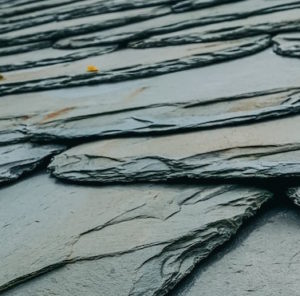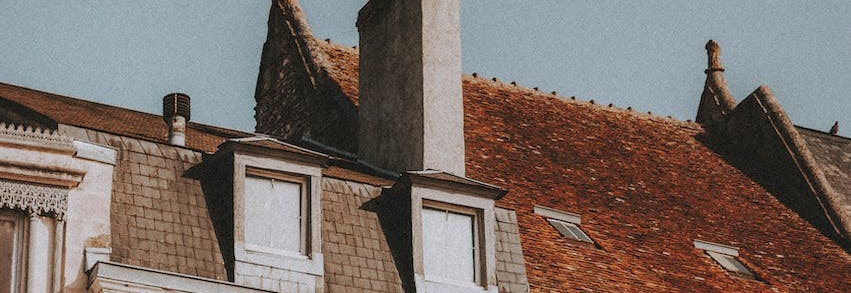The method of installing solar panels on a roof depends on the type of roof:
- Tiled roofs: In general, panels are attached directly to the structure, to rafters or battens (or to beams strong enough to hold the fasteners). If the roof is tiled, we lift the tile, attach a hook to the rafter, replace the tile, then install the rails on the hooks to secure the panels.
- Slate roofs: We use a similar system by removing the slate. You nail a plate, screw a plate into the structure under the slate, then put the slate back on top and fasten like this.

- Steel roofs: For square corrugated sheet metal roofs with corners. Here, the hooks are screwed directly through the steel pan with a rubber-tipped screw. For watertightness, we always aim for the top of the corrugation so that water doesn't run off into the gutter, so that there are no screws where the water actually runs off. So it's watertight. The advantage of fastening directly to the structure is that it's lightweight.

- Flat roofs: On a flat roof, the panels are placed on feet inclined at twelve and a half degrees. These feet are fitted with rubber pads to avoid puncturing the roof membrane. They are weighted with concrete slabs to ensure stability without perforating the membrane, thus avoiding potential leaks. So concrete slabs are laid on metal feet. They are not installed directly on the roof, so the panels are weighted down. They are not fixed through the membrane to prevent leakage. So this ballast is heavy, heavier than a fixing directly into the structure.

- Pitched roofs: On pitched roofs, it's important to ensure that the structure is strong enough. Installation requires around 25 to 30 kilos per square meter of surcharge on residential flat roofs. The advantage of direct structural fasteners is their light weight.
 The installation method is adapted to the type of roof to ensure safe and effective attachment of the solar panels.
The installation method is adapted to the type of roof to ensure safe and effective attachment of the solar panels.



 The installation method is adapted to the type of roof to ensure safe and effective attachment of the solar panels.
The installation method is adapted to the type of roof to ensure safe and effective attachment of the solar panels.
